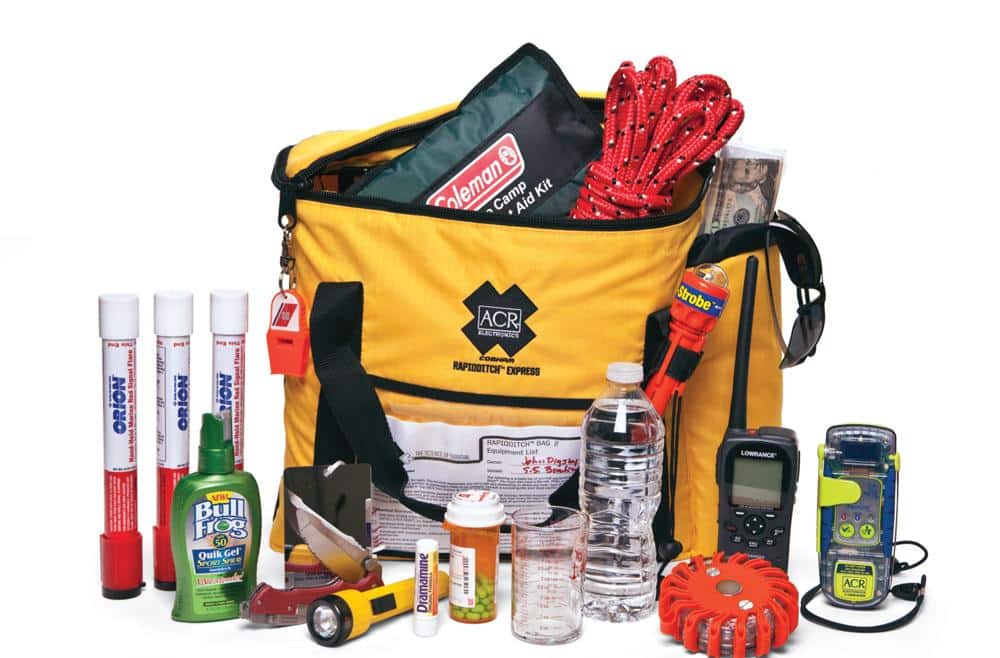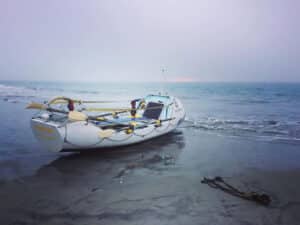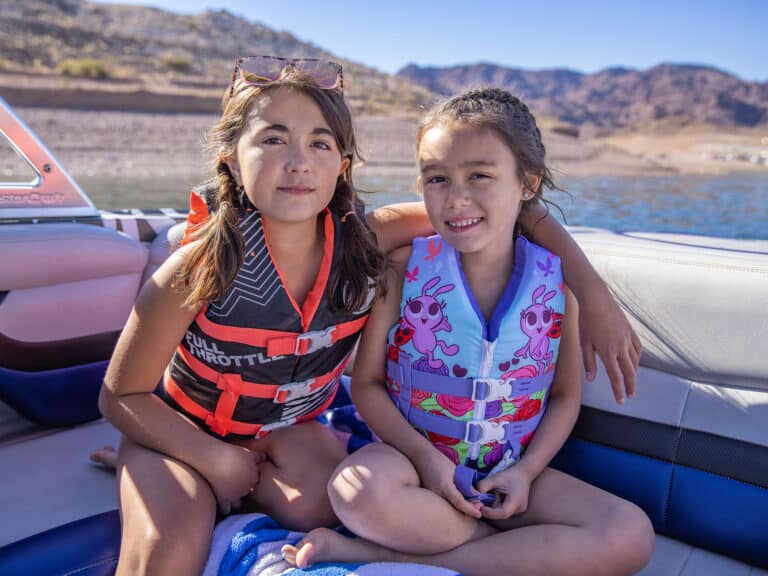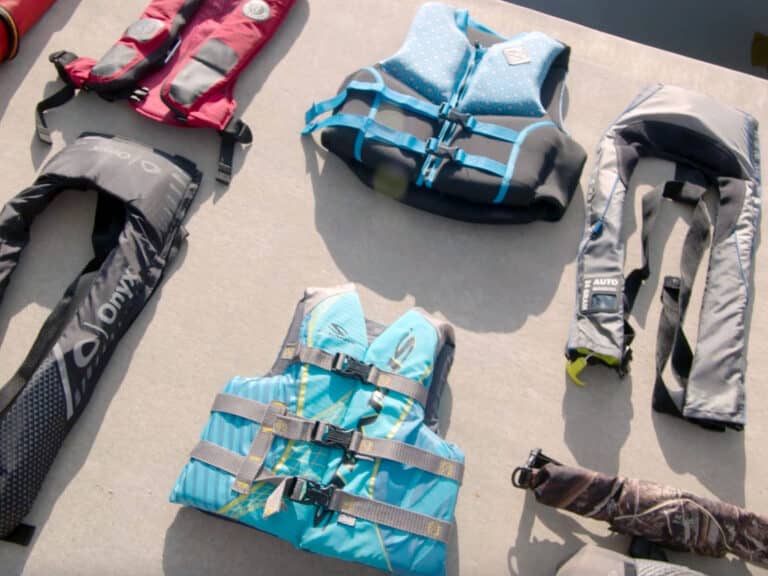
That’s our ditch bag,” said Mike Folkerts, safety specialist for U.S. Coast Guard District 17, which includes America’s most treacherous waters: those around Alaska. He pointed first at the bag, then at me. “If we ditch, will you take responsibility to get this bag in the lifeboat? I need a verbal affirmative.” So went my introduction to Alaskan boating, but the lesson was poignant no matter where one boats.
If you boat offshore, in the Great Lakes or anywhere rescue could take more than a few minutes, a ditch bag should be included in your gear.
When you prepare yours, here’s what to look for.
- VHF RADIO should be waterproof like the Lowrance unit at right above.
- PLB such as the Aqualink View activates on command to communicate a position to appropriate rescuers.
- FLARES should be part of your safety kit and are required by law in most federally patrolled water. If you leave the boat, take them with you.
- STROBES like the ACR C-Strobe can save precious time when activated.
- POWERFLARE SAFETY LIGHT and strobes like this (in red case, bottom right) emit SOS or flashing lights to alert rescue personnel.
- SIGNAL MIRRORS can alert rescue personnel in bright daylight, cost practically nothing and are recommended by the USCG.
- WHISTLES are great at attracting rescue personnel when visibility is poor.
- ROPE can keep the crew together should a lifeboat not be available.
- A GERBER HINDERER serrated blunt-point knife is less likely to puncture a life raft and will make quick work of slicing ropes or bandages.
- FIRST AID KITS should include a ready supply of essential medications you may need on a frequent basis.
- DRINKING WATER should be accompanied by a measuring device to carefully apportion it to maintain life and morale.
- SUNSCREEN and Dramamine can ease discomfort adrift.
- CASH and a copy of your passport in a sandwich bag can facilitate a return to America from foreign waters.
The U.S. Coast Guard is asking all boat owners and operators to help reduce fatalities, injuries, property damage, and associated healthcare costs related to recreational boating accidents by taking personal responsibility for their own safety and the safety of their passengers. Essential steps include: wearing a life jacket at all times and requiring passengers to do the same; never boating under the influence (BUI); successfully completing a boating safety course; and getting a Vessel Safety Check (VSC) annually from local U.S. Coast Guard Auxiliary, United States Power Squadrons(r), or your state boating agency’s Vessel Examiners. The U.S. Coast Guard reminds all boaters to “Boat Responsibly!” For more tips on boating safety, visit www.uscgboating.org.








